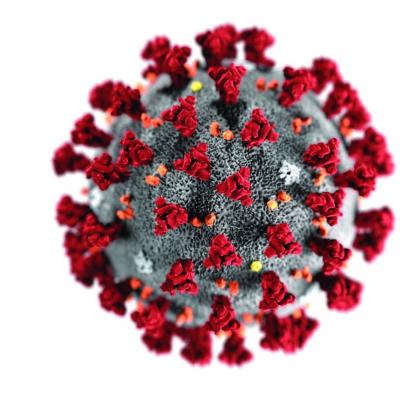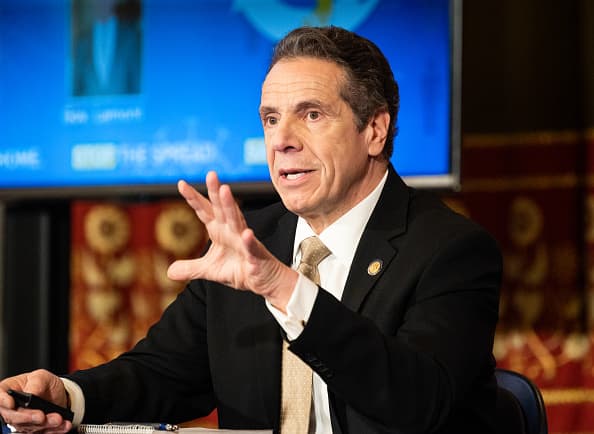The death rate at hospital from coronavirus in US is well above 11%: just go to
coronavirus tracker and calculate for US: 46.6K dead, 77.8K recovered, death rate = 46.6/(46.6 + 77.8) = 37% !
So where exactly these "smart medical professionals" got a non-treated group with a death rate of only 11%? The explanation is very simple - that group is SELF SELECTED - people with a light case of coronavirus chose not to take any drug for it.
The people in the hydroxychloroquine group are most probably patients in a more serious condition so they chose hydroxychloroquine as a treatment.
So they are comparing light cases with severe cases and claim the treatment drug killed the patients. This is an utmost medical stupidity - it's like they never took statistics. However this "study" is being wildly critisized on the preprint archive where it is "published".
I think the true death rate is below 1%.
Death rate is determined by number infected / number dying.
There are more and more studies indicating many people have been infected and recovered without ever getting tested so they aren't in the statistics until we have wide spread antibody testing.
NY was the most recent state to have conducted a 3000 person study where they estimate 21.2% of NY City has had the virus and recovered, statewide is 13.9%.
If you included all those who never went to a doctor, never got tested while they had Covid, the death rate is much lower, which also makes intuitive sense.
The state's mortality rates remains persistently high at about 7.4%. The antibody testing indicates the actual death rate may be far lower.

www.cnbc.com
If you look at the death rate of only those put on a ventilator, it's more like an 80% death rate. If you look at those admitted to a hospital, and labeled "recovered" then you are probably right.
But recovered is a bogus number. Because ....the critira is so rigid for recovered.
Why have so few people officially recovered in the U.S.?
This is a dangerous virus, so the Centers for Disease Control and Prevention is being extremely careful when deciding what it means to recover from COVID-19. Both medical and testing criteria must be met before a person is
officially declared recovered.
Medically, a person must be fever-free without fever-reducing medications for three consecutive days. They must show an improvement in their other symptoms, including reduced coughing and shortness of breath. And it must be at least seven full days
since the symptoms began.
In addition to those requirements, the CDC guidelines say that a person must test negative for the coronavirus twice, with the
tests taken at least 24 hours apart.
COVID-19 recovery is about more than just feeling better.

www.marketwatch.com
.
---------------------------------------------------------------
You can't get a test for covid unless you are admitted to a hospital, or meet rigid rules for a test, such as travel to china or exposure to a known proved Covid positive person, but they again because of hippa secrecy how do you know who has been tested?
This is in Illinois.
I am pretty familiar with this because I am 98% certain my wife had covid, but despite two virtual visits with two different doctors, they said it's quite likely she has covid, but can't write an order to get the test and without the order you can't get a test. She isn't sick enough, hasn't traveled, etc.
Now yesterday her company said one employee she worked closely with has tested positive, because this person was pregnant and admitted to a hospital. So she could probably get the test now, but it's been nearly 3 weeks from her first symptoms, so she now might test negative.
What surprised me, I either didn't get sick enough to bother me, or never got it despite sleeping in the same bed as her. AND my mother who is 93 also live with us, and she didn't seem to get sick. I had a runny nose for a few weeks, so maybe that was it, maybe not.
We will get the antibody test once it becomes more widely available.
BTW, I had worked 20 years doing statistical analysis in telecommunications ,before that I as a chemist, what is your background in stats?
 clinicaltrials.gov
clinicaltrials.gov



















